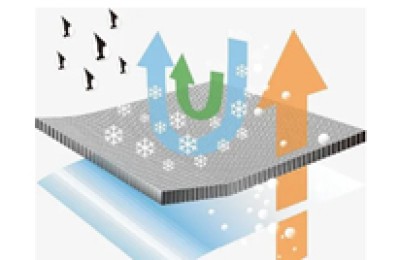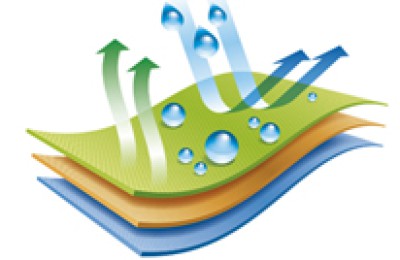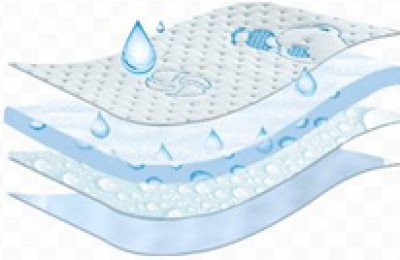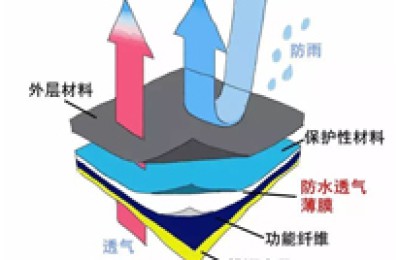As the cumulative number of confirmed COVID-19 cases in the United States has exceeded 2 million, and new confirmed cases have increased significantly in many U.S. states that have reopened their economies early, the market has begun to worry about the economy. The restart will be impacted by the second wave of the epidemic.
Affected by this, U.S. stocks plummeted across the board on Thursday (June 11) Eastern Time, with the Dow Jones Industrial Average plunging 1,861 points and closing down 6.90%. The Nasdaq closed down 5.27%, and the S&P 500 closed down 5.89%.
International oil prices also fell sharply. As of the close of the day, The price of light crude oil futures for July delivery on the New York Mercantile Exchange fell by US$3.26 to close at US$36.34 per barrel, a decrease of 8.23%. The price of London Brent crude oil futures for August delivery fell by US$3.18 to close at US$38.55 per barrel, a decrease of 7.62%.
Affected by this, the price of polyester raw materials fell.
PTA, as of the close at 15:00 on June 12, the PTA futures 2009 contract The closing price was 3,670 yuan/ton, a decrease of 42 yuan/ton or 1.13% from the previous trading day.
As for ethylene glycol, as of the close at 15:00 on June 12, the closing price of the ethylene glycol futures 2009 contract was 3,644 yuan/ton, a decrease of 60 yuan/ton from the previous trading day, a decrease of 1.62%.
We have also seen that although international oil prices have plummeted, PTA and ethylene glycol have not fallen much, and polyester long Silk prices have not even fallen much, they have just remained stable, and some polyester companies have expanded preferential measures. Why is this?
Crude oil and polyester: not linear Relationship
Although crude oil is the raw material at the source of the polyester industry chain , but the relationship between the two is not linear.
Starting from the end of April, encouraged by news of the resumption of work and production, oil prices began to rise, rising from 12.3 US dollars/ton to 38.4 yuan/ton, an increase of more than 200%.
Compared with oil prices, the increases of PTA, ethylene glycol and polyester filament are much inferior, with the increases not exceeding 20%.
From the perspective of year-on-year prices, although polyester filament has indeed rebounded significantly in the past two months, However, compared with the same period last year, the price difference is close to 2,000 yuan/ton.
So we can see that although the price changes of polyester raw materials are affected by crude oil to a certain extent, degree of influence, but this influence is not absolute.
Polyester stocks: pressure has eased
In terms of polyester inventory, judging from the statistics of China Silk City Network, polyester inventory is now The overall inventory in the ester market is concentrated at 23-33 days; in terms of specific products, POY inventory is around 7-12 days, FDY inventory is around 16-22 days, and DTY inventory is around 24-34 days.
Polyester yarn inventory inspection from the recent stage As can be seen from the picture, starting from late March, the inventory of polyester yarn in polyester factories has improved significantly compared with the highest point at the end of March.
When chatting with a chemical fiber salesman friend, he also said that the sales of polyester yarn have improved a lot in the past two months, and a lot of inventory has been cleared, and it is no longer like At the beginning of the year, there was so much pressure to destock.
Under such circumstances, polyester factories have a strong willingness to raise prices for polyester yarns, and it is difficult to cut prices in order to reduce inventory like they did in March and April.
But polyester “can go up but not fall down” Behind the scenes, there are still quite a few hidden dangers.
On the one hand, there is demand. Starting from late May, textile The market has already entered the off-season, and orders from weaving companies have just begun to show some improvement before falling rapidly. Troubled by the pressure of gray cloth inventory, the operating rate of weaving enterprises has begun to decline.
According to data monitoring from China Silk City Network, as of June 12, the operating rate of water-jet looms in Jiangsu and Zhejiang has dropped to about 70%. Under such low operating conditions, polyester factories may enter a period of inventory re-accumulation.�Situation.
On the other hand, in the process of market visits in the past two months, weaving companies generally said that starting from this year, they will almost no longer stock up on raw materials for several months as they did in the past. Mainly buy and use as you go. Even if the polyester factory has a promotion or expects a price increase in the future, it will only buy some more raw materials than usual, and generally it will not exceed a month.
Then the question is, the polyester factory has removed its inventory, but the weaving company has not replenished that much stock. Where did the extra raw materials go? The editor has also asked some cloth bosses about this issue. They think that some traders may have taken advantage of the low prices to hoard a lot of raw materials. Judging from past experience, this possibility is not small. If traders do have a large amount of polyester yarn in their hands that has not been released, then the amount of polyester yarn in stock in the market will be higher than what is seen in the data, which will also suppress the price of polyester yarn to a great extent.
Editor’s note: Oil prices encountered a “violent storm” However, the price of polyester yarn is “as stable as a mountain”, which is actually not entirely a good thing. On the one hand, after the market enters the off-season, weaving companies have reduced their operating rates and reduced demand for raw materials; on the other hand, some of the inventory removed by polyester factories may not have flowed into weaving companies, but has been hoarded in the hands of traders. These factors will become hidden dangers for polyester prices to rebound in the future.
</p







